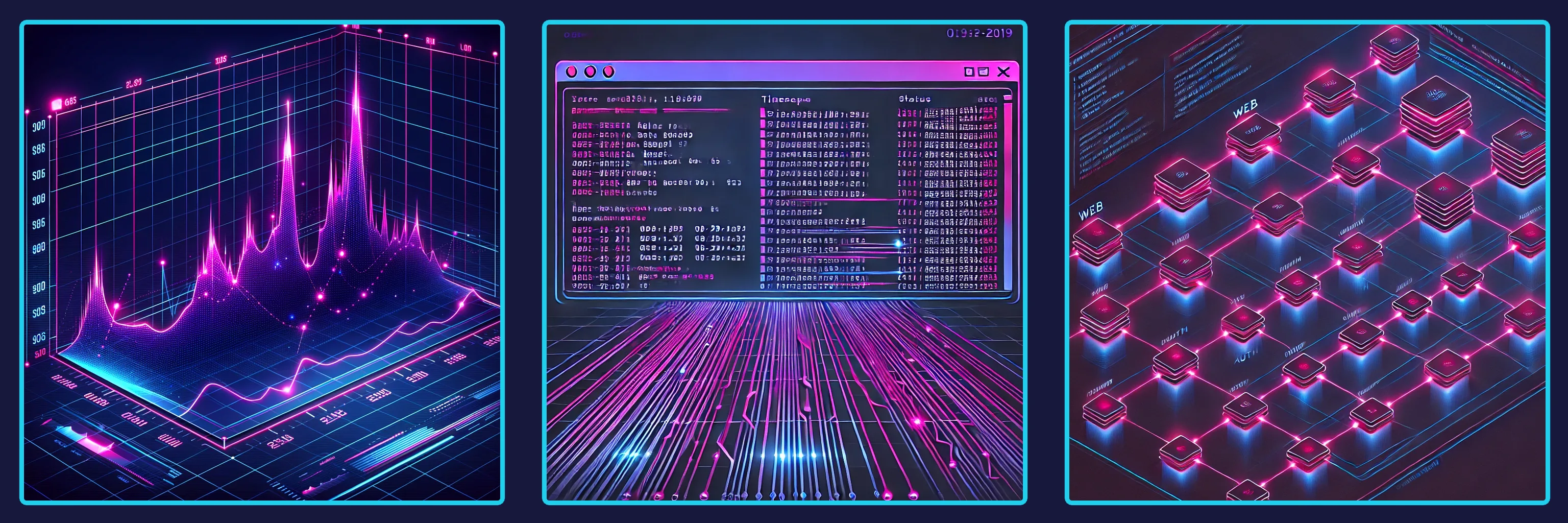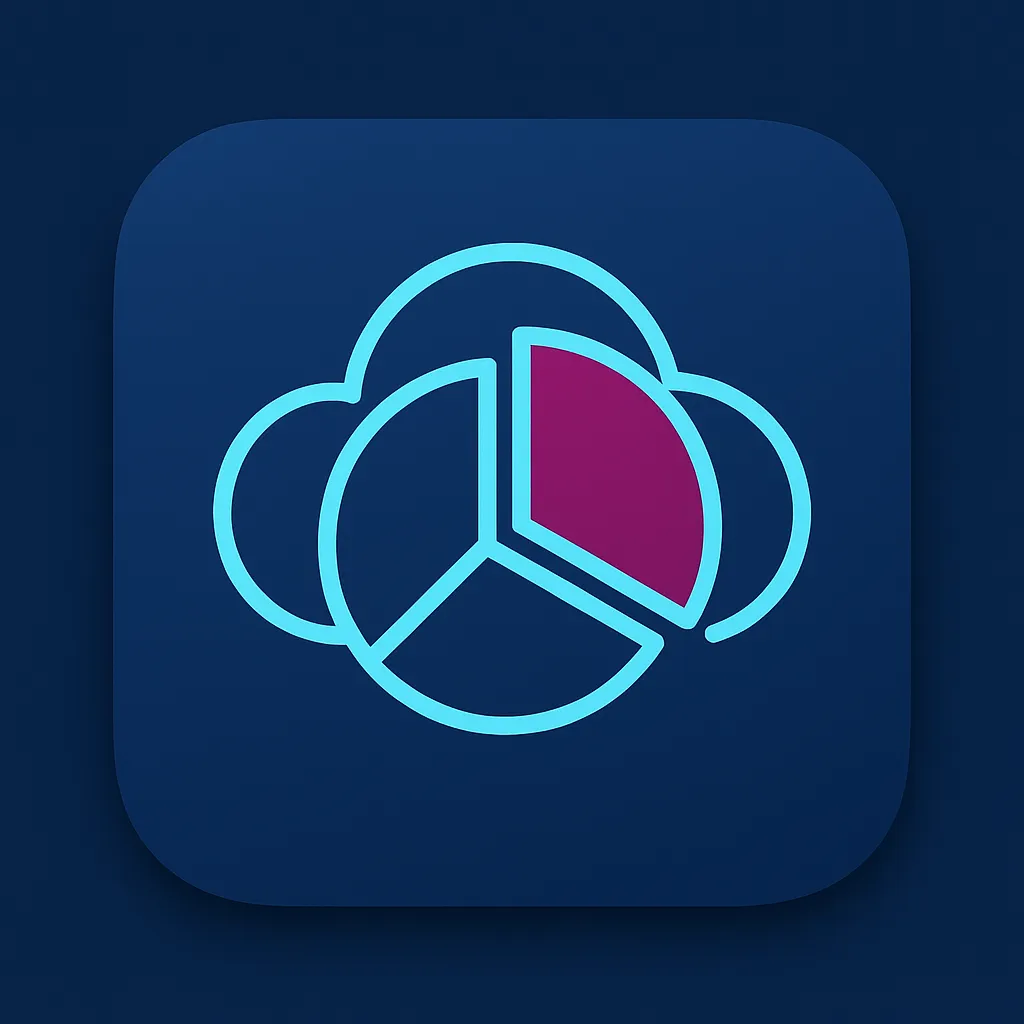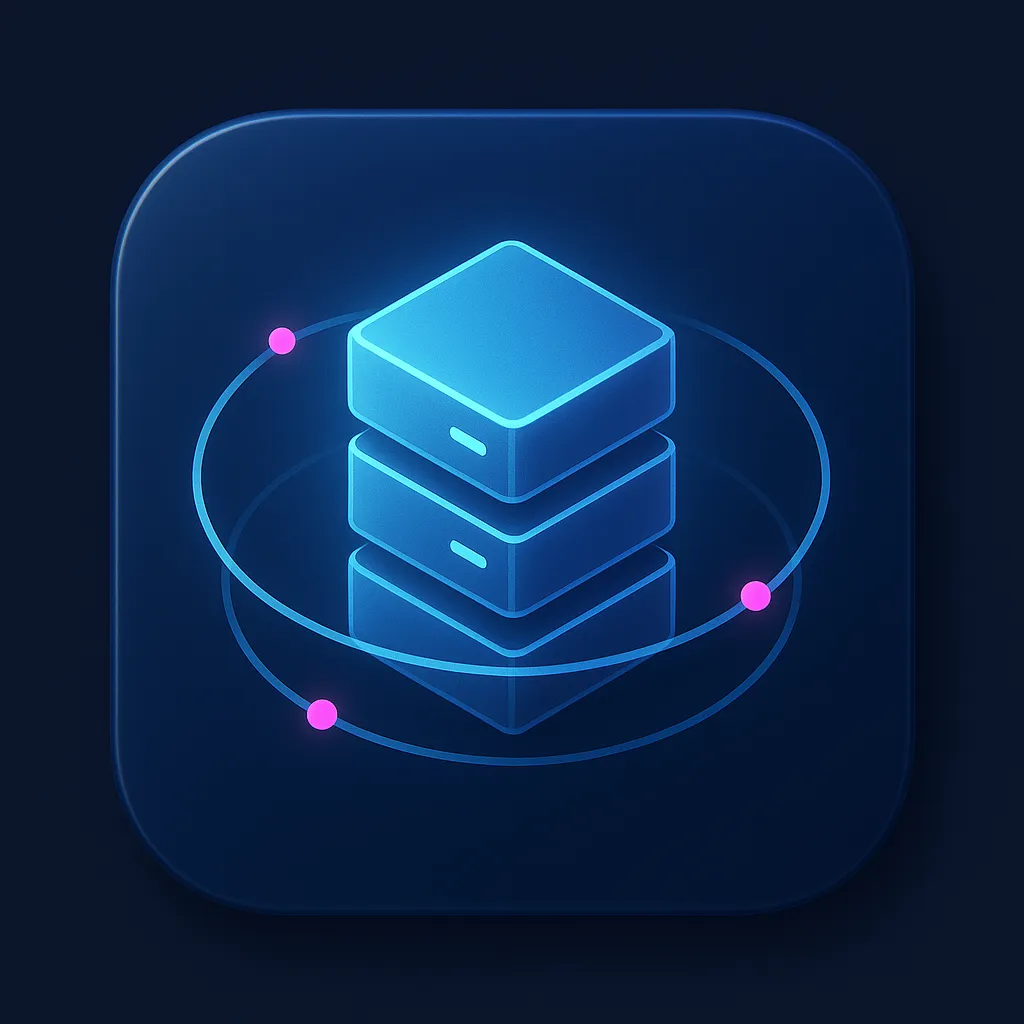AI-Powered Monitoring: From Buzzword to Boardroom Imperative
On 19 July 2024, the world’s largest IT outage crippled Windows systems across multiple industries. PagerDuty customers who had AI-driven incident automation in place skipped 132 manual incident steps and saved more than 1 600 responder-hours in a single day. Meanwhile, Fortune 500 companies without comparable safeguards are staring at US $5.4 billion in direct losses, according to cyber-insurer Parametrix. The episode turned “AIOps” from a conference buzzword into a board-level insurance policy - one that executives now expect to deliver measurable uptime and cost protection.
What AIOps Is - and Why It Matters
AIOps (Artificial Intelligence for IT Operations) applies big-data analytics and machine learning to automate event correlation, anomaly detection and causal analysis across complex systems. Think of it as a layer of always-on pattern recognition that rides atop your observability stack, spotting trouble faster than any human team.
What AIOps Is Not
- A silver bullet. Feed it “dirty data” and the algorithms misfire or hallucinate.
- Plug-and-play. Cisco’s MLOps blueprint stresses continuous retraining whenever post-incident insights emerge.
- A head-count killer. Both IBM and Microsoft frame AIOps inside strict governance guardrails that keep humans in the loop.
Dollars and Demand
Analysts value dedicated AIOps platforms at US $1.87 billion in 2024 and forecast US $8.64 billion by 2032 - a 21% CAGR. Zoom out to the wider “algorithmic IT operations” space and projections jump to US $66.8 billion by 2032. Forrester expects tech leaders to triple AIOps adoption by 2025 as they hunt for ways to tame soaring technical debt and avoid repeat outages.
Three Foundations You Cannot Skip
- Clean, contextual data. “Dirty data” is now cited as the single biggest threat to AI value.
- Closed feedback loops. Post-mortem lessons must retrain models within hours, not quarters, to prevent drift.
- Documented guardrails. Governance frameworks from IBM and Microsoft spell out when AI can act autonomously and when humans must decide.
Pitfalls to Watch
- Black-box bias erodes trust. Dynatrace argues that explainable AI is essential to close the “confidence gap.”
- Compliance exposure grows. CIO.com warns opaque models complicate data-residency audits and privacy reviews.
- Cost spirals are real. Grafana’s 2024 Observability Survey ranks runaway telemetry bills as the top concern for operations teams.
Quick Self-Assesment
Answer Yes / No
- Do we have 12 months of reliable, time-stamped telemetry for every critical service?
- Can post-incident insights trigger model retraining within 24 hours?
- Have engineering and compliance jointly ratified AI guardrails?
Score yourself: 3 Yes → green-light a pilot; 2 Yes → fund a data-quality sprint first; ≤ 1 Yes → pause and shore up foundations. For more indepth insight on your readiness - run through our Digital Transformation Assessment tool.
Key Takeaway
AIOps already turns billion-dollar outages into non-events - for companies prepared with clean data, fast feedback loops and solid governance. Nail those basics now, and the next 3 a.m. crisis may fix itself while your team sleeps.
Predictive Analytics: Seeing Outages Before They Happen
On the day a global entertainment firm migrated its databases to Google Cloud Spanner, it gained 99.999% availability and eliminated the unplanned downtime that had been costing it US $1.2 million in profit every three years. Results like that explain why executives are shifting monitoring budgets from forensic dashboards to forward-looking models that forecast risk hours - or even days - before customers feel a glitch.
From Rear-View Mirrors to Windshields
Traditional monitoring answers “what just broke?” Predictive analytics asks “what will break next?” Forrester’s Total Economic Impact study on Red Hat Enterprise Linux on Azure found an 85% reduction in outage minutes once predictive insights highlighted vulnerable workloads ahead of failure.
Why Boards Pay Attention
Unplanned downtime now drains about US $1.4 trillion a year from the world’s 500 largest companies. A 2024 maintenance survey shows 30% of facilities already run predictive programmes, making it the third-most-popular strategy after preventive schedules. At the tool-selection stage, cost and AI/ML capability rank among the top five buying criteria for observability teams, according to Grafana’s latest survey. Analysts tracking the market expect predictive-maintenance platforms to keep growing at 17% CAGR through 2028.
What It Takes to Forecast Correctly
- Deep history – at least 12 months of time-stamped logs, metrics and traces to capture seasonality and baseline noise.
- Business context – release calendars and campaign spikes appended to telemetry so models don’t flag healthy peaks as threats.
- Governed feature store – a shared catalogue that lets data teams reuse features instead of rebuilding them for every model, cutting development cycles by double-digits.
Quick-Win Scenarios
- Capacity planning – predictive models typically trim 15–25% of cloud over-provisioning while still satisfying peak demand.
- SLA breach prevention – Splunk’s Zeppelin case study credits predictive alerts for sharp drops in equipment downtime and a 9% lift in rental revenue.
- Revenue-leak early warning – Deloitte reports that predictive maintenance can reduce breakdowns by up to 70% and raise productivity 25%, benefits now standard in automotive and energy plants.
Quick Heat-Map Exercise
Grab our Risk Heat-Map Visualisation tool and plot your five highest-revenue services against two axes: probability of capacity breach and hourly revenue impact. This tool is designed to be filled out in just a few minutes, letting you quickly spot maintenance windows that may need rescheduling or extra cover.
Pitfalls to Watch
- Model myopia – algorithms trained only on infrastructure data ignore marketing events and misjudge demand spikes.
- Explainability gaps – black-box forecasts face scepticism; teams demand confidence scores and driver features with every alert.
- Cost spirals – raw-data hoarding inflates storage bills; stream-processing pipelines that down-sample low-value metrics are now a top cost-control lever.
Key Takeaway
Predictive analytics turns monitoring into a strategic advantage - protecting revenue, shrinking cloud spend and sparing customers from surprise outages. Start with clean historical data, blend in business context, and pilot one capacity-planning model; the next release window may pass without a single unscheduled minute of downtime.
Emerging Technologies That Are Redrawing the Monitoring Map
Four fast-moving paradigms - deep-kernel eBPF tracing, the OpenTelemetry (OTel) standard, edge & serverless signal collection, and cost-smart observability pipelines - are changing what “good” monitoring looks like. Each offers sharper visibility or leaner spend, but all demand careful first steps from leadership.
eBPF Deep-Kernel Visibility
Extended Berkeley Packet Filter (eBPF) lets safe, sandboxed programs run inside the Linux kernel, exposing network flows, system calls and even Java method timings without agent code. Netflix now streams fleet-wide eBPF flow logs to its Data Mesh, mapping every microservice hop in real time. Meta reports a 20% CPU-cut on top services after switching to eBPF-based profiling.
Adoption is still early-stage: a Grafana Labs 2025 survey finds single-digit production use, with roughly four times as many proofs-of-concept underway. A separate community review notes that only about 12% of respondents run Cilium - the de-facto eBPF data-plane - in production.
First step: enable a read-only eBPF probe (for example, network latency) on a non-critical cluster and compare noise-to-signal ratios before broad rollout.
OpenTelemetry: A Universal Telemetry Language
OpenTelemetry bundles consistent APIs and collectors for traces, metrics, logs and - new in 2025 - profiles (performance snapshots at runtime). CNCF’s annual velocity league table shows OTel remains the second-fastest-growing project across all cloud-native codebases. Production use is already broad: 41% of organisations run OTel in production, with another 38% building pilots.
Profiling and generative-AI hooks land this year, meaning a single spec can now describe everything from byte-code timings to LLM token counts.
First step: route one high-traffic service through an OTel Collector side-car; the decoupling makes future backend migrations painless.
Edge & Serverless: Closing the New Blind Spots
Serverless and edge runtimes spin up faster than traditional agents can deploy. Datadog’s latest State of Serverless study shows over 70% of AWS customers and 60% of Google Cloud customers already run at least one serverless service. Edge-compute platforms are catching up, with nearly two-fifths of Cloudflare or Fastly users exporting Workers telemetry to the same dashboards.
First step: enable native exports (AWS Lambda Telemetry API, Cloudflare Workers traces) and feed them into the same OTel pipeline to avoid siloed metrics.
Observability Pipelines: Cutting Cost, Not Coverage
Raw telemetry volume is exploding, and finance teams notice. Chronosphere customers trim data volumes - and related costs - by an average 84% using real-time shaping rules. Logz.io users see a 32% cut after its Data Optimization Hub drops low-value logs. Cribl markets “route, aggregate, store” policies as the fastest route to “cut costs without losing visibility.”
First step: create a routing rule that down-samples high-cardinality container metrics to five-minute resolution before storage; track the storage delta for an immediate ROI snapshot.
Action Checklist
- Pilot deep-kernel eBPF tracing on one staging cluster.
- Insert an OTel Collector for a single high-traffic microservice.
- Turn on native telemetry exports for one serverless or edge workload.
- Apply a down-sampling rule in an observability pipeline and review cost savings after 30 days.
Each task fits comfortably into a single engineering sprint; together they position the monitoring stack for AI workloads, multi-cloud meshes and real-time user experiences.
Strategic Adoption Playbook for Leaders
A North-American electronics retailer trimmed Black Friday downtime to zero after rolling out Dynatrace’s AI-driven observability platform in three agile sprints - protecting six-figure holiday revenue that had slipped during the previous year’s 90-second outage. Their path - from firefighting to foresight - mirrors the journey most enterprises will take as AIOps and predictive monitoring mature. The playbook below maps that journey: gauge readiness, upskill teams, build guardrails, avoid lock-in, prove ROI, and execute a 30-60-90-day plan.
Maturity First: Map Your Starting Line
Plot your organisation against four phases - Reactive → Proactive → Preventive → Autonomous - that Gartner and industry frameworks use to track data quality, automation depth and cultural change. Skipping phases hides technical debt that re-emerges under load.
People & Skills: Upskill Before You Upscale
Gartner predicts that nearly 15% of new applications will be generated entirely by AI by 2027, and that 80% of engineering staff will need new competencies to stay effective. Talent surveys echo the gap: 48% of organisations cite lack of knowledge as the biggest observability hurdle.
Smart move: launch micro-learning tracks in telemetry pipelines, prompt engineering and AI guardrails so teams advance with the tooling.
Governance & Guardrails: Taming the Black Box
AI governance platforms rank among Gartner’s top 10 strategic tech trends for 2025, and companies that adopt them are projected to suffer 40% fewer AI-related ethical incidents by 2028. Yet boardrooms remain wary: half of CFOs say they will cut AI spending that fails to show measurable ROI within a year. Board-approved guardrails - decision boundaries, audit trails, rollback paths - turn that scepticism into manageable risk.
Build vs Buy: The Lock-In Litmus Test
Open, modular stacks are gaining favour as insurance against proprietary data schemas that trap telemetry. Dash0’s 2025 primer warns that closed formats “roadblock export or migration.” CNCF commentary likewise cites OpenTelemetry’s vendor-neutrality as a key defence. Use a four-factor checklist - internal complexity, time-to-value, talent supply and exit cost - before committing budget.
Tracking ROI: Prove Value or Pause
Understand the Business Stakes
- The direct median cost of an enterprise outage now US $18 333 per minute, up from US $12 900 in 2022. You can lookup your industry average in my recent post on Strategic Business Case for DevOps.
- Even smaller organisations can lose about US $427 per minute when systems are down.
- Analysts still quote a “lost-sales + lost-productivity + recovery-costs” model to size that impact.
With numbers this high, shaving just 10 minutes of annual downtime can offset a six-figure monitoring investment.
Grab your outage stats for last year and run some numbers: the standard formula is
ROI = ((Total Benefits – Investment) / Investment) × 100.
Alternatively, just plug your stats into our Reliability ROI Calculator.
30-60-90-Day Action Blueprint
-
Day 0 – 30
- Run the AIOps Maturity Self-Scorecard and address any data-quality gaps.
- Draft AI guardrails and submit them for board approval.
- Launch micro-learning sessions on telemetry-pipeline fundamentals.
-
Day 31 – 60
- Pilot an AI-powered observability platform on one Tier-2 service.
- Feed post-incident reviews into the model-retraining loop.
- Record baseline downtime and alert volume for your ROI calculations.
-
Day 61 – 90
- Expand the pilot to two Tier-1 services.
- Apply pipeline down-sampling rules to reduce low-value metrics.
- Present the ROI delta and next-phase budget request to the steering committee.
Key Takeaway
Modern monitoring succeeds when strategy, skills and safeguards mature together. Rate your current phase honestly, invest in people before platforms, codify guardrails and expose ROI in plain numbers. Follow the 30-60-90 framework and you’ll enter the next peak season with fewer pages, lower risk - and a leadership team that sees reliability as revenue protection, not overhead.






